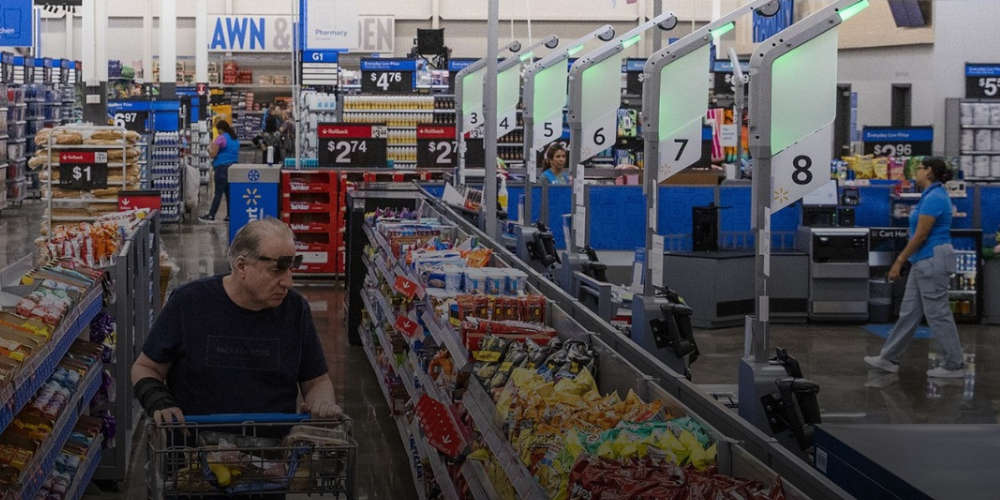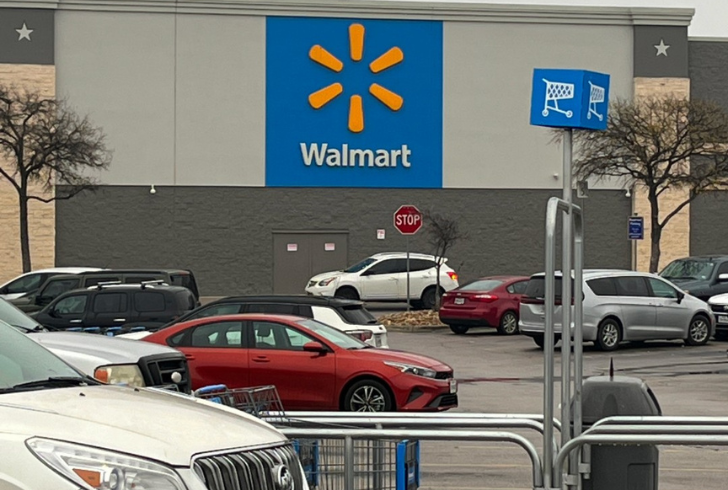
Here’s Why More Affluent Consumers Are Turning to Discount Stores

Shopping trends are shifting in ways that challenge traditional assumptions about wealth and spending. It’s no longer just budget-conscious shoppers hunting for bargains. A growing number of higher-income consumers are now exploring discount stores, reshaping the retail landscape and redefining what “affordable shopping” looks like in 2025.
Data from GlobalData Retail shows that nearly 28% of high-income households—those earning over $169,751 annually—have shopped at discount chains like Aldi, Dollar General, Dollar Tree, Five Below, Family Dollar, Lidl, Ollie’s, PopShelf, or Walmart this year.
This represents a significant jump from around 20% just four years ago. Middle-income households, defined as earning between $56,501 and $169,750, are also increasingly participating in this trend.
The Influence of Rising Costs

Freepik | gpointstudio | Consumers’ financial cushions have shrunk as inflation makes basic items more expensive.
A key factor behind this shift is inflation, which has affected consumers across all income levels. In the years following the pandemic, many middle- and upper-income households accumulated savings through federal stimulus payments and reduced their spending on travel, dining, and leisure activities. However, these financial buffers have gradually diminished as essential costs—such as groceries, household supplies, and energy—have increased.
Neil Saunders, managing director and retail analyst at GlobalData, notes that consumers are no longer content with seeing more of their money absorbed by basic expenses. Instead, they are seeking better value, particularly for everyday items.
This trend mirrors patterns observed after the 2008 financial crisis, indicating that economic pressures consistently encourage higher-income shoppers to explore discount options.
Responding to Changing Consumer Behavior
Discount chains are actively adapting to attract a broader audience. Walmart, for instance, has benefited from the influx of affluent shoppers, with more than 17% of Americans earning six figures now shopping there—up from less than 15% in 2021. Part of this appeal comes from store refurbishments designed to enhance the shopping experience.
Walmart remodels about 650 stores nationwide each year. The updates include new layouts, fresh interiors, modern signage, and streamlined checkout areas. Shoppers also find interactive displays that allow them to test products, similar to setups found in IKEA stores.
Additionally, Walmart has expanded its brand lineup. Electronics from Apple and Dell now share shelf space with fashion labels like Scoop and Free Assembly, giving higher-income consumers more reasons to shop at these locations.
Aldi has also modernized its stores to offer a clean, bright, and highly shoppable environment. According to Saunders, the appeal lies not just in low prices but in creating an aesthetically pleasing shopping space. The experience combines affordability with a level of quality and comfort that resonates with a wider range of shoppers.
Diverse Product Selection and Accessibility

Instagram | walmart | Beyond bargains, discount stores now stock a variety of goods to attract new customers.
Once pigeonholed as the place for household basics, discount retailers have reinvented themselves. Shoppers can now browse a broader mix of lifestyle goods alongside their standard staples, a shift that makes these stores more attractive to consumers who once leaned on premium outlets. Yet they continue to deliver the competitive pricing that loyal bargain hunters expect.
Will Auchincloss of EY Parthenon observes that consumers are adapting to high prices in everyday categories. While inflation has backed off from its sharpest spike in 2022, the cost of food and home essentials remains burdensome, driving even affluent households toward value-based choices.
A Broader Shift in Consumer Mindset
The draw of discount shopping is no longer limited to those pinching pennies. Affluent consumers are joining the hunt for savings, motivated not just by necessity but by a desire to get more out of each dollar. The old divide—premium versus budget—has blurred, with shoppers across income levels looking for practical ways to save without giving up quality.
Retailers that offer low prices, clear store layouts, and strong brand choices are setting a new standard for value. Discount stores are no longer seen only as budget destinations. They are now a smart choice for anyone looking for quality and savings in one holiday.
More inShopping
-
Four Seasons Hotel Milano Introduces Personal Styling With Vittoria de Carlo
When it comes to fashion, Milan is unmatched, blending elegance with avant-garde trends. To uncover the heart of Milan’s fashion scene,...
October 9, 2024 -
The Most Successful Female Celebrity Brands
In today’s world, many female celebrities are not just shining in the entertainment industry but also making significant strides as entrepreneurs....
October 1, 2024 -
How to Incorporate Sustainable Outdoor Activities Into Your Travel Adventures
Opting for sustainable outdoor activities may seem challenging at first, but it’s an essential choice for preserving our environment. While integrating...
September 26, 2024 -
Here’s How You Can Get Low Interest on Loans in 2024 & Beyond
How to get a low-interest loan? Well, it is a question many Americans seek an answer to. After all, interest rates...
September 20, 2024 -
How to Buy the Perfect Men’s Belt Online
Selecting the right belt size might seem straightforward, but it can be more nuanced than simply matching it to your pants...
September 12, 2024 -
Why Joey Lawrence and Samantha Cope Parted Ways After 2 Years of Marriage
In a surprising turn of events, Joey Lawrence’s divorce from Samantha Cope has become a topic of widespread discussion. The couple,...
September 2, 2024 -
Must-Visit Tourist Attractions in Brussels
Exploring Fairytale Cities (Bruges and Ghent) One of the best things to do in Brussels is to take a day trip...
August 28, 2024 -
What Is a Write Off and How Companies Use Them?
Understanding the Nuances of Write-Offs Understanding the nuances of what is a write-off is essential for businesses. While the basic concept...
August 23, 2024 -
How Much Does a Europe Trip Cost? Detailed Cost Analysis
Europe, with its rich tapestry of cultures, historic landmarks, and diverse landscapes, offers something for every traveler. However, before embarking on...
August 13, 2024














You must be logged in to post a comment Login